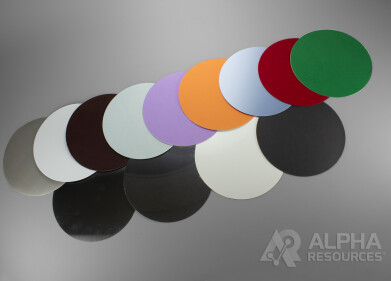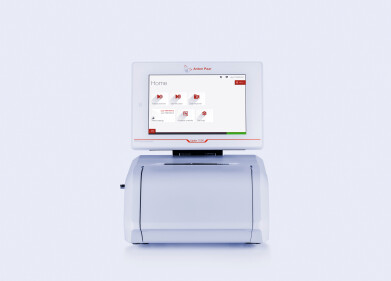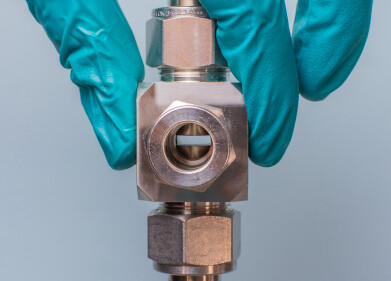Mass Spectrometry & Spectroscopy
Product Portfolio Expanded with launch of ICP-OES
Mar 13 2014
Within its core segment for analysis measuring technology, Analytik Jena AG now offers with the PlasmaQuant® PQ 9000 its first High-Resolution Array ICP OES (optical emission spectrometry using inductively coupled plasma) for multiple element analysis as part of its own technology portfolio. This method is routinely used for determining smallest element concentrations especially in environmental analysis, material research, metal or pharmaceutical industries.
"The PlasmaQuant® PQ 9000 has been developed to master the most complicated analytical challenges in emission spectroscopy with the highest degree of precision, method flexibility and operating comfort. In doing so, we are building on our longstanding experience in the development of high-end spectrometers," said Torsten Olschewski, Head of the Analytical Instrumentation business unit at Analytik Jena AG.
Technological advances in the product include the optical resolution, the plasma torch design and the generation and observation of the plasma.
PlasmaQuant® PQ 9000 offers: clever bench-top design; innovative high-end technology; impressive analytical performance; high sample efficiency; benchmark-setting operating comfort; premium quality ‘Made in Germany’.
The PlasmaQuant® PQ 9000 also allows for the safe analysis of rare earth metals such as cerium, lanthanum, neodymium or samarium in silicate-containing minerals. The high salt contents in these minerals (silicates) are not a problem thanks to the technology of the PlasmaQuant® PQ 9000 system. Spectral interferences caused by the high contents of these samples of main group elements such as sodium, aluminium or silicon can be detected with the help of high resolution and easily corrected.
Another application is the analysis of biodiesel for traces of metals such as sodium, potassium or manganese. These lead to foaming of the fuel and thus to unstable or lower performance as well as clogging of filters. Other trace elements to be controlled are phosphorus and sulphur, which are known as catalyst poisons. In addition, the sulphur r dioxide produced during combustion is an environmental pollutant.
Digital Edition
Lab Asia 31.6 Dec 2024
December 2024
Chromatography Articles - Sustainable chromatography: Embracing software for greener methods Mass Spectrometry & Spectroscopy Articles - Solving industry challenges for phosphorus containi...
View all digital editions
Events
Jan 22 2025 Tokyo, Japan
Jan 22 2025 Birmingham, UK
Jan 25 2025 San Diego, CA, USA
Jan 27 2025 Dubai, UAE
Jan 29 2025 Tokyo, Japan



















